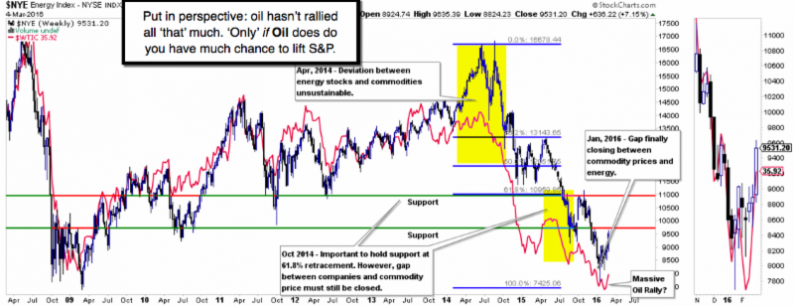A ‘gathering storm’ can percolate for quite some time before striking (like an el Nina condition building for months before the effects are experienced). Or, it can be a sudden-onset event; quite common when violent weather boils-up from normal storming conditions, such as during tornado season. What we’re seeing now is a buildup to the next ‘storm front’, which is not terribly hard to define, as relates to underlying fundamental challenges; but tougher given seasonality as well as Oil strength, which (as expected) allows this to ‘percolate’ even longer.

Further stimulus from EU’s central bank is ‘desired’ by markets (we aren’t for it; we’re saying institutions are), and that’s because inflation across the 19-country euro-zone has fallen back below zero (deflation is what it is; not really inflation; and in some member-states like Spain and Italy (not just Greece) it’s more of a ‘stagflation’ (stagnant economic activity but without price-decline citizens need during times of wage suppression). That ECB move could include a further cut into negative deposit rate ranges, from their current minus 0.3 percent, and an expansion of its bond-buying program, should make investors jittery. Investors should be wary about this week’s ECB Meeting; plus the ensuing FOMC meet.

We think governments (and central bankers) really won’t address ‘why’ they’ve got the hubris to think negative rates will work. That reason is an attempt to get rates so low that they basically pay no interest to service sovereign principle; a way to punish investors in government paper for the folly of excess stimulus by those very central bankers over the last several years.
This has been put simply by The Bank for International Settlements. They warn central banks are running out of room to stimulate their economies. BIS, often viewed as ‘central banks central bank’, says investor confidence is “faltering.”












Leave A Comment